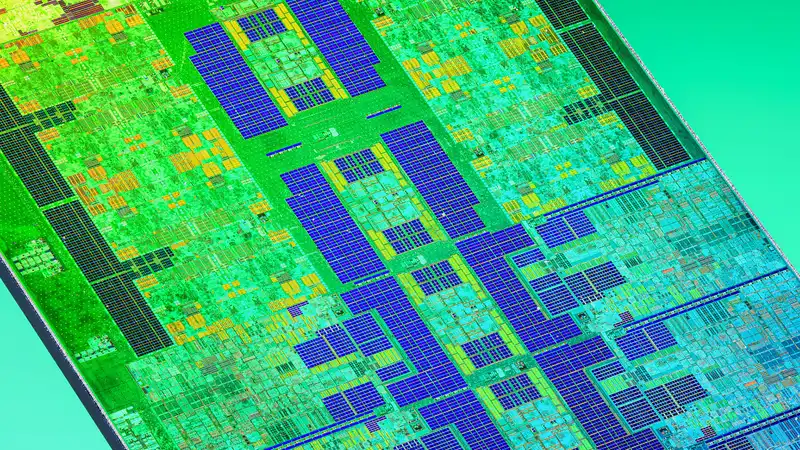Intel has been using hybrid designs in its Core processors since it introduced the 12th generation in October 2021. Since then, low-end processors with two or three P- or E-cores have appeared, in addition to Core i5, i7, and i9 chips with P- and E-cores. Intel has announced a Raptor Lake CPU (via HardwareLuxx) for the embedded market that does not have an E-core.
Topping the new lineup is the Core i9 14901KE, with eight P-cores, clocked up to 5.8 GHz and a TDP of 125W. Essentially, it is a 14900K with the entire E-core block, including the L3 cache, completely disabled.
However, there are a few other changes under the hood. There is no thermal velocity boost, and the base frequency of the 14901KE is 3.8 GHz, 600 MHz higher than the 14900K. the Intel database says nothing about a higher power limit, so the 14901KE could be limited to 125W in all circumstances
These are probably the same as the 14901KE.
These are probably dies with quite a few defects in the E-core cluster, so it is possible that these are chips that do not operate stably when fully configured. In other words, the E-core may be fully functional, but when enabled, the die may not operate at the required frequency. So instead of sending the E-core to a landfill, the Efficiency core cluster is permanently deactivated, leaving a fully operational chip.
This would be a wise decision for the embedded processor market, given the stability issues Intel is facing with its Raptor Lake chips. CPUs in this space are used in industrial applications where the chips will run for long periods of time, and no company will want to spend a lot of money to constantly monitor and maintain their systems.
Joining the 14901KE are the Core i9 14901E and 14901TE, the same processors but with lower speed and power limitations (65W and 45W respectively). Intel also offers two Core i7 models, also with eight cores, but with smaller L3 caches (33MB instead of 36MB) and slightly lower clocks than the aforementioned i9 chips.
Finally, four Core i5s fill the remainder of the Raptor Lake embedded product range. They all feature 24MB of L3 cache, but offer a variety of clock speeds and power-limited configurations. The fastest is the 14501E, with a boost clock of 5.2 GHz and a TDP of 65 W), while the slowest is the 14401TE (4.5 GHz, 45 W).
Despite being intended for embedded systems, they all use the standard LGA1700 socket, so they could be installed in a gaming PC. Of course, whether one would want to do so is another matter, but it would be interesting to compare them to AMD's Ryzen 7 7700X and Ryzen 5 7600X chips.
At this point, it is unclear how much Intel's E-less Raptor Lakes will cost, and we have yet to see any retailers selling them. But if you really want to enjoy the feeling of being inexpensive and not knowing if your gaming PC will crash, it might be worth the gamble.


Comments